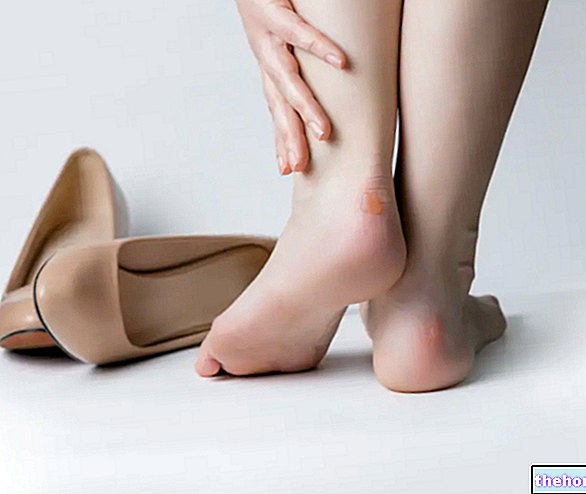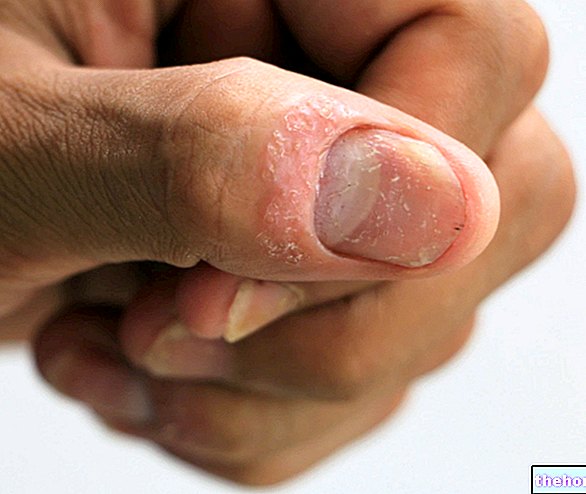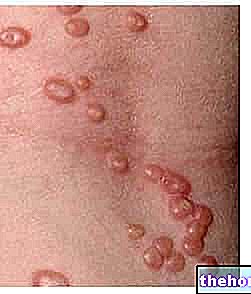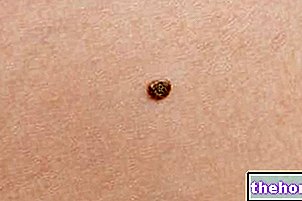
What is Phototherapy
Phototherapy is a technique that involves the regular use of light radiation emitted by artificial devices to treat certain medical conditions. The treatment is based on the biological effects produced by exposure to light. Phototherapy represents an effective and safe solution as an adjuvant in the treatment of dermatological disorders, alterations in the biological rhythm of sleep-wakefulness and some psychiatric diseases.
Preparation
Before starting phototherapy it is necessary to undergo a medical examination to ensure that this treatment is suitable for your case, and to learn the precautions to be taken. In addition, the doctor can recommend and prescribe specific "light boxes".
Before proceeding with the purchase of the phototherapy device, it is necessary to know the available "light box" models and their functions, in order to choose the most suitable for your needs. In selecting the device, there are three fundamental factors to consider. :
- Clinical efficacy
- Ocular safety
- Visual comfort
To consider: if you decide to undergo self-treatment with phototherapy, it would still be advisable to be followed by your doctor, who can provide advice on how to obtain the maximum benefit from the cycle of sessions and inform you on how to minimize the onset of any side effects.
During phototherapy treatment is necessary avoid:
- drugs that increase photosensitivity;
- excessive sun exposure and the use of tanning beds;
- perfumed products;
- moisturizing creams, ointments and lotions (unless specifically indicated by your doctor).
Fundamental elements for effective treatment
Phototherapy is most effective when the correct combination of light intensity, duration and exposure times is achieved.
- Duration: at the beginning of the therapy, the doctor may recommend to undergo sessions involving short exposure intervals (for example: 15 minutes); with the continuation of the therapy, the patient can gradually prolong the exposures. Phototherapy generally involves daily sessions which vary from 30 minutes to two hours and depend on the intensity of the light to which you are subjected.
- Timetable / exposure times: For most patients, phototherapy is most effective if it occurs early in the morning and is contraindicated in the late evening or night, as it can cause sleep disturbances.
- Light intensity: it is determined in lux (unit of measurement of the International System relating to lighting), which provide an indication relating to the quantity of light received by the subject placed at a certain distance from the light source. Phototherapy devices typically produce 2,500 to 10,000 lux. The intensity of the light varies according to the duration of the exposure and the distance at which it is placed with respect to the "light box". 10,000 lux phototherapy devices typically require 30 minute sessions, while 2,500 lux ones can take two hours.
Note. Phototherapy takes time and consistency. The patient may be tempted to skip a session or suspend the treatment plan. To avoid the feeling of boredom, you can set the device on a table or desk, at home or in the office, so that you can do activities (such as reading, using the computer, writing, watching television, talking on the phone or eating ) at the same time as the phototherapy session.
Side effects
Phototherapy is generally a safe treatment, however mild and transient side effects can occur, which include:
- headache
- nausea
- skin rashes
- eyestrain
- irritability, states of agitation
- hyperactivity, euphoria
- dry mouth
- sleep disorders
Side effects of phototherapy generally arise early in the treatment cycle and can resolve within a few days without the need for surgery. These adverse reactions can be managed by reducing the time of the sessions, adjusting the distance of the device, taking breaks during prolonged sessions or changing the "daily time of exposure to the" light box ".
In the event that the side effects are worse or do not resolve, it is necessary to contact your doctor for advice and additional information.
Phototherapy could potentially induce, with a low incidence, even more serious side effects, such as premature aging of the skin or, in extreme cases, skin cancer. they range from photosensitivity to genetic susceptibility.
Attention!
P-UVA therapy, which involves the combination of UV-A radiation and Psoralen tablets:
- it can cause nausea phenomena, consequent to the taking of the drug;
- it cannot be used if the patient has severe liver or kidney disease;
- it is contraindicated during pregnancy.
Some conditions require particular caution:
- conditions that make the skin particularly photosensitive, such as systemic lupus erythematosus (SLE);
- taking medications that increase sensitivity to sunlight, such as some antibiotics, anti-inflammatories and food supplements containing St. John's wort;
- particular eye diseases that make the eyes vulnerable to light damage;
- skin cancer;
- some cases of bipolar disorder and severe depressive states need to take precautions attentive to the possible development of negative and manic mental states.
Note. Tanning beds do not represent an "alternative to phototherapy: it is not proven that light radiations released by such tanning devices produce a therapeutic effect comparable to that of phototherapy."
Results
Phototherapy has proved to be a valuable adjuvant treatment to conventional medical care: it helps relieve symptoms, increases energy levels and improves mood.
The effects of the treatment are noticeable within a short time: the results are generally obtained in a few days, but the therapeutic plan may include the use of phototherapy even for two or more weeks. The success of the therapy can vary in a subjective way (in some patients it can be more or less effective).
In order to obtain the maximum therapeutic effect, it is useful to follow some indications:
- Respect the daily treatment plan: it is essential to demonstrate consistency in undergoing phototherapy every day, as indicated by the doctor, in order to obtain and maintain the effects of the treatment. Therefore, it is advisable not to skip a daily session or not to suspend therapy, unless otherwise indicated.
- Select the device that best suits your needs: Before purchasing the "light box" for phototherapy, it is useful to carry out some research and contact your doctor for advice. The purpose is to identify the characteristics and functions of the device, as well as to check whether important elements such as safety, ease of use and the right degree of brightness are respected.
- Resort to other treatments: if a significant improvement in the effect of phototherapy is not observed, it may be necessary to implement an alternative treatment plan that can assist in obtaining the results and which includes, for example, psychotherapy sessions or the intake of antidepressant drugs.
Final considerations
Phototherapy has proven to be particularly effective for some dermatological diseases, as well as particular conditions that share pathogenetic mechanisms that subvert the natural chronobiological rhythms.
The fields for future clinical applications are numerous, but need further investigation. It will be of particular interest to confirm the efficacy and safety of phototherapy applied to anxiety disorders, problems with eating habits and possible uses in involutionary pathologies (example: Parkinson's disease).



























